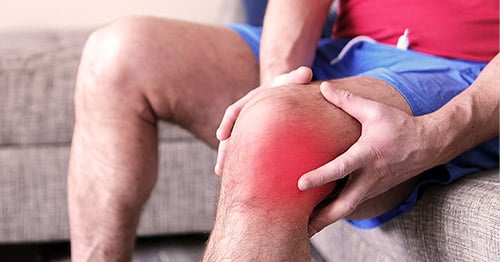Pseudogout
Crystal diseases, the most common being gout and pseudogout, can cause extreme and disabling pain in the foot, primarily the big toe and ankle. These conditions are considered autoinflammatory, which means they develop in response to local factors. While gout is caused by crystals formed from uric acid, pseudogout is the result of calcium crystals.

What is pseudogout?
Pseudogout, or calcium pyrophosphate deposition disease (CPDD), is a form of inflammatory arthritis caused by crystals that form in the joints.
What are the symptoms of pseudogout?
The key symptoms of swelling and pain in joints is similar to gout and can be mistaken for it if not properly diagnosed. It is important to distinguish between true gout and pseudogout. While the initial symptoms of these two diseases can be similar, their treatments are very different. The key method to differentiate the two is to examine the joint fluid.
What is the difference between gout and pseudogout?
Both are forms of inflammatory arthritis, but gout joint inflammation is caused by uric acid crystals, while pseudogout joint inflammation is caused by crystals formed from calcium pyrophosphate dihydrate.
What causes pseudogout?
The reason a person gets pseudogout is not found in most cases. However, there are certain possible underlying conditions that are looked for in people with pseudogout, such as high parathyroid hormone, excessive iron and abnormal magnesium.
How is pseudogout diagnosed and treated?
Diagnosis involves examining the joint fluid and X-rays of the afflicted area. Treatment varies with the severity of the condition, but begins with pain relief and medications to improve joint function.
Medically reviewed by Theodore R. Fields, MD, FACP
